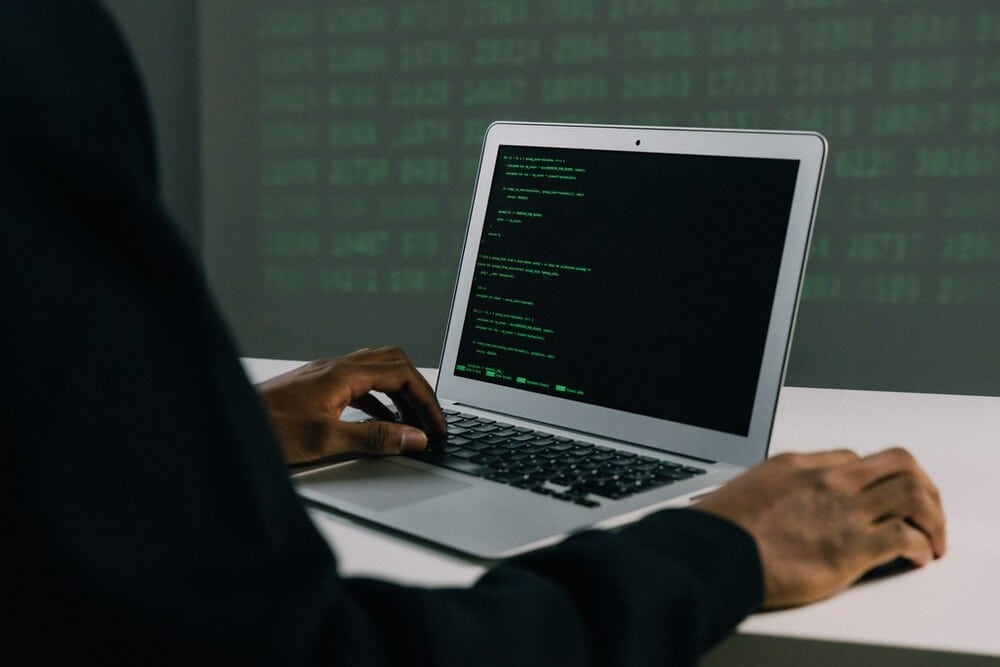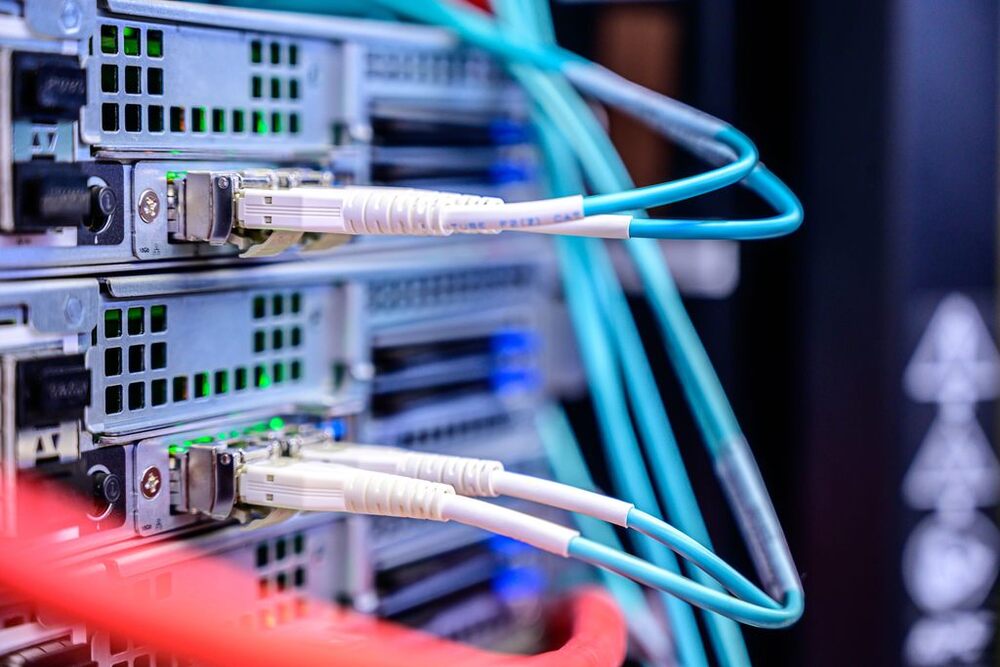Discover the advantages of Linux for Information Security
It’s not new that Linux is one of the most secure Operating Systems on the market. Thus, choosing it for the security of your company’s information or your personal data is the wisest thing to do.
But how does the security of the Linux system work and how to increase security on servers that use it? Also, at what points does open source win over competitors?
All the details on the subject will be clarified in this article! Just read on to understand more about the relationship between the operating system and information security.
How does Linux security work?
 Photo: Pexels | Maintaining the security of data and information is essential. The security of Linux is guaranteed mainly because of its open source code, which has the eyes of several well-intentioned professionals, who can resolve vulnerabilities and errors more quickly.
Photo: Pexels | Maintaining the security of data and information is essential. The security of Linux is guaranteed mainly because of its open source code, which has the eyes of several well-intentioned professionals, who can resolve vulnerabilities and errors more quickly.
User privilege model
Unlike operating system models such as Windows and Mac, Linux presents security as one of its pillars since its roots, in other words, security was “embedded” as a differential during its development.
There are privilege models for users, where the primary user can choose which access and permissions they wish to share with other members who will use the software.
This ensures the security of information, especially confidential and other documents that cannot be changed. It also makes it difficult for users to attack and distribute malware or viruses.
In these cases, the primary user only needs to define access to certain files as “read-only”, for example.
This modification can be performed both at the time of installation and configuration, and at later times, when the main user deems it necessary.
Integrated kernel security defenses
The system was designed with the safety of users in mind, who can count on defenses and security integrated with their kernel, protecting the system and its user against malicious attacks and points of vulnerability.
Linux firewalls, verification systems, configurations such as Linux Kernel Lockdown, and security software such as SELinux are tools that guarantee even more security for system users.
Variety of Linux distributions
Another essential point relates to the large number of existing Linux distributions. The more variations, the more difficult it is for malicious hackers, for example, to attack and cause damage to the environment.
The same is not the case with operating systems such as Windows, since they have only a software standard and data architecture, making it easy prey for intruders.
Greater flexibility in configurations
Because it is a system with flexible and alterable source code, an additional layer of security is added.
After all, the more effective configuration and adjustment options the system presents, the more the user will be able to activate protection systems and security filters.
An example of this is the Linux Kernel Lockdown configuration, which can be activated to block parts of the kernel, such as root, so that modifications and extraction of confidential information are not performed.
Tips for increasing security on Linux servers
 Photo: Pexels | Servers are also at risk. Despite all the features included in the system, it is possible to reinforce security, especially on large servers, where the damage resulting from attacks would be even greater.
Photo: Pexels | Servers are also at risk. Despite all the features included in the system, it is possible to reinforce security, especially on large servers, where the damage resulting from attacks would be even greater.
Simple actions, such as keeping the system up to date at all times, can make all the difference. Below, you can check out some of the key safety tips.
Keep the Software Up to Date
As you can already see, whenever vulnerabilities or errors are detected, developer teams rush to resolve them.
But to enjoy all the fixes and improvements, you need to keep up to date with the system update.
You can always maintain the latest versions using update codes according to each distribution.
In CentOS and Debian distributions, for example, the codes would be, respectively:
- # yum updates
- # apt-get update
Configure the BIOS correctly
On servers, it is essential to boot external drives such as CDs and USB are disabled.
After all, what would it be like if someone wanted to corrupt all the files on the server with just a contaminated pendrive?
Once this is done, complete the action by activating the BIOS password and protecting the GRUB with a strong and confidential password. That way, anyone who tries to change your server settings will have no results.
Install the minimum number of packages
Packages, as their name suggests, often come loaded with applications and tools that will not always be useful, which can slow down the system and end up compromising other areas.
Also, the more unknown packages from unverified sources you download, the greater the chances of corrupted files if they are installed on your system.
Therefore, install only the basic packages that meet the needs of your server.
If you have already installed packages that you regret, you can locate them using the “chkconfig” command and remove them. Take the opportunity also to remove any that are not in use.
Monitor server user actions
To ensure that no user has been corrupted or has bad intentions, it is essential to monitor the activities of each one on the server by collecting data.
Useful tools such as “psacct” and “acct” can be used to perform this function in the background while there is user activity.
Bet on antivirus software
Last but not least, choose good antiviruses to defend your Linux server. This is a tip that applies both to servers and to personal machines, such as desktop computers.
Despite all the activations and precautions taken, it doesn’t hurt to redouble your care and invest in yet another security “barrier” against malware, viruses, spyware, and threats coming from the online environment.
Conclusion
Did you notice how there are several advantages of Linux for information security? All these aspects make it one of the most reliable and complete systems on the market.
You may also notice that despite the security mechanisms that come with the system naturally, there are several ways to increase security and protect your files.
You can learn more about the topic in the Linux Security distance education course, provided by us of the Linux Certification. In it, you will learn all the steps in a fully didactic and complete way to ensure safety.